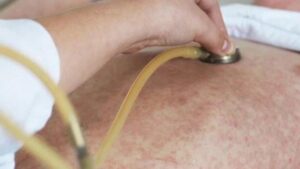
Australian women will gain improved access to long-acting reversible contraceptives as of November 1, 2023, following significant changes to the Medicare Benefits Schedule. These modifications aim to make contraceptive options more affordable for approximately 300,000 women annually, allowing them to save up to $400 in out-of-pocket expenses.
Under the new structure, contraceptives such as intrauterine devices (IUDs) and birth control implants will be more accessible. Additionally, the contraceptive product NuvaRing, a soft plastic vaginal ring containing hormones oestrogen and progestogen, will be included in the Pharmaceutical Benefits Scheme (PBS) for the first time. Women who previously paid more than $270 per year for NuvaRing can expect to pay $31.60 for a three-month supply or just $7.70 if they qualify for concessions. Starting January 1, 2024, the maximum cost per script will further decrease to $25.
Mark Butler, Australia’s Minister for Health, emphasized the government’s commitment to improving women’s health care. “For too long, women’s health needs were sidelined, but the Albanese Government is changing that and delivering more choice, lower costs and better health care,” Butler stated. He acknowledged that Australia has one of the lowest uptake rates for long-acting contraceptives among developed countries, attributing this to existing barriers related to access and affordability.
To further enhance accessibility, the government will also invest in free training for health practitioners in the insertion and removal of IUDs. This initiative aims to increase the number of qualified professionals and improve service availability across the country.
Women’s Minister Katy Gallagher reinforced the significance of these changes, stating that they are designed to provide Australian women with “genuine choice” regarding their reproductive health. “Choice that isn’t limited by cost or access,” Gallagher added.
The introduction of more affordable contraceptive options represents a pivotal moment for women’s health in Australia, potentially transforming the landscape of reproductive health services and enabling more women to select the contraceptive method that best suits their needs.







